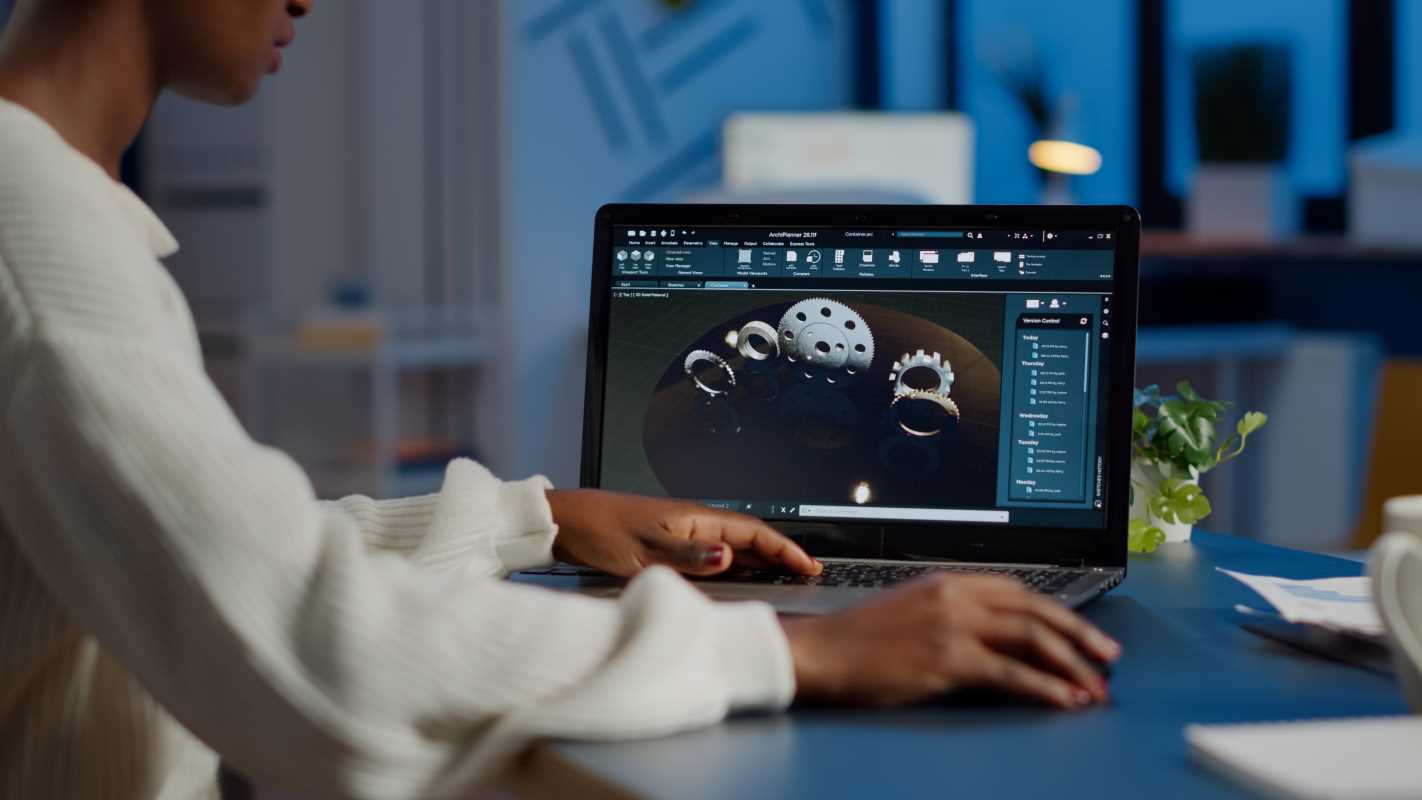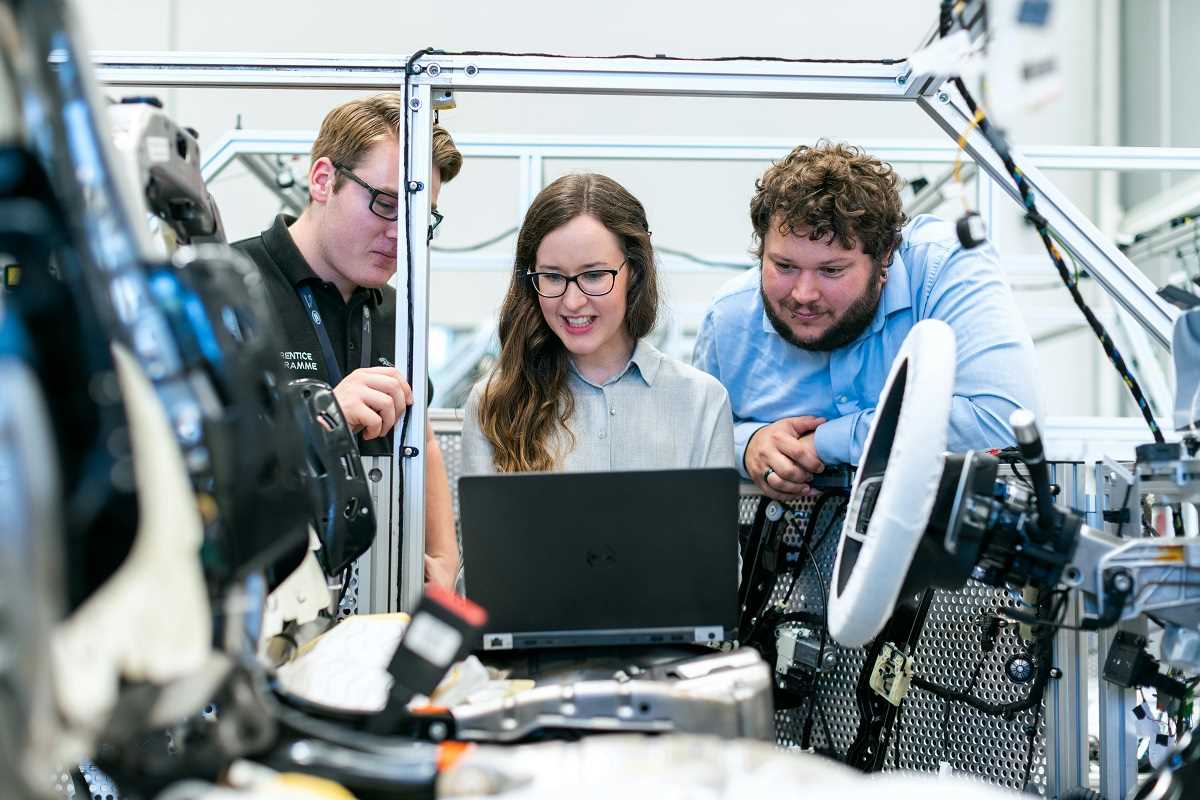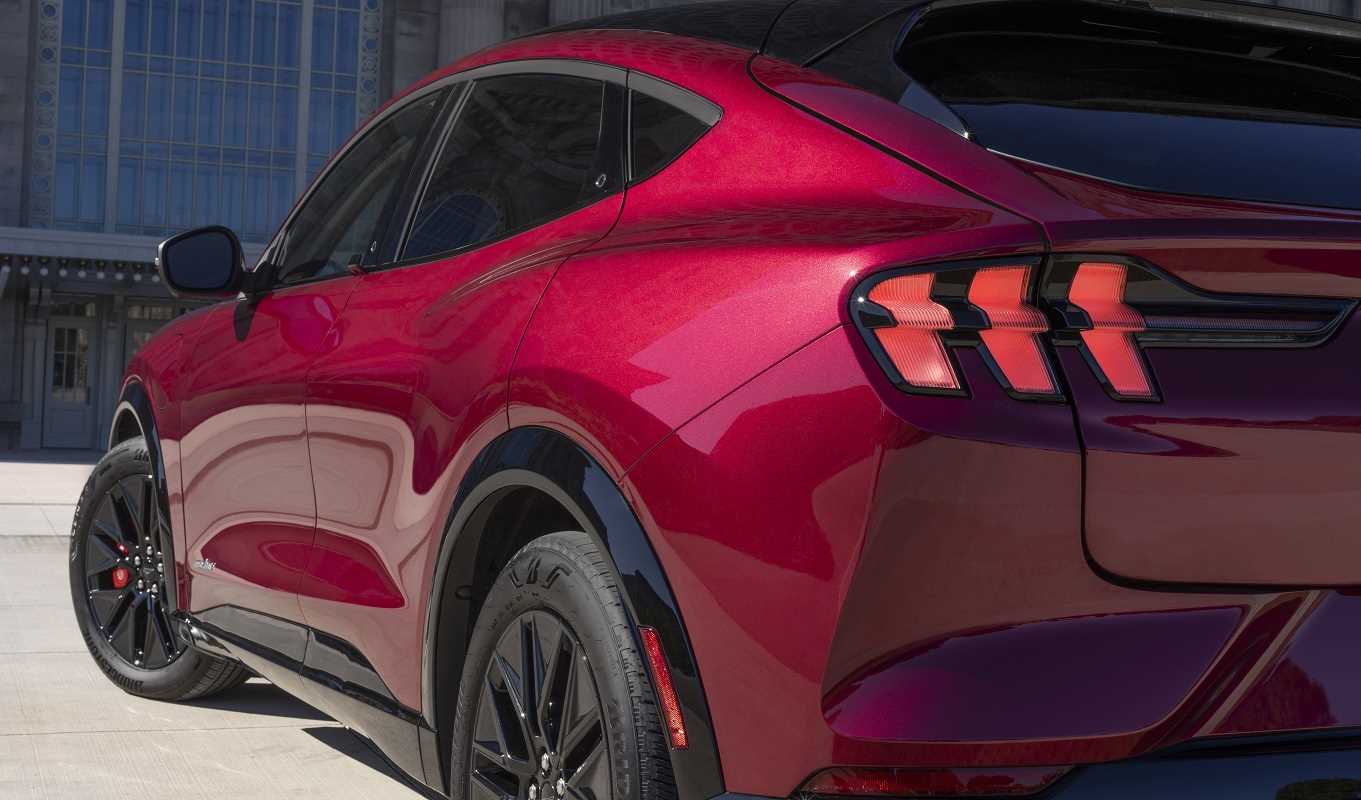Imagine owning a car that gets smarter, safer, and more efficient without the hassle of taking it to a dealership. Sounds futuristic, right? Thanks to over-the-air (OTA) updates, this is already a reality. But what exactly are OTA updates, and why are they transforming the automotive landscape? For young professionals juggling busy schedules, understanding this innovation could reshape the way you think about car ownership and convenience.
What Are Over-the-Air Updates?
Let's break it down. Over-the-air updates are a way for car manufacturers to send software updates to your vehicle wirelessly. Think of it like the updates your phone gets, but for your car. Instead of plugging in at a service center, your vehicle’s onboard system connects to the internet to receive improvements, new features, or even critical fixes.
OTA updates are possible because modern cars are pretty much computers on wheels. Many vehicles now come with built-in software that runs everything from navigation to safety systems. These updates work by sending data to these internal systems, allowing a car to "upgrade itself" just by being connected to Wi-Fi or a cellular network.
Why Are Over-the-Air Updates a Big Deal?
The ability to update your car remotely might not sound flashy, but it’s a total game-changer. Here are some reasons why OTA updates are worth paying attention to.
1. Convenience Without Compromise
Gone are the days of scheduling dealership appointments for small fixes or upgrades. With OTA updates, manufacturers can deliver new features or repairs directly to your car without you even leaving your driveway. It’s as simple as parking your car, connecting it to the internet, and letting the update do its thing.
Young professionals often lead busy lives, so the thought of one less errand is undeniably appealing. OTA updates make the process efficient and seamless, leaving you with more time for things that matter most.
2. Enhanced Safety Without the Wait
Car safety recalls are unfortunately a reality for many drivers. Traditionally, recalls require owners to visit a service center to fix software-related issues. With OTA updates, manufacturers can resolve these problems in real time without the need for physical appointments.
For example, if a car's automatic braking system needs a software tweak, a quick OTA update can optimize its performance. Essentially, your car becomes safer, faster.
3. Future-Proofing Your Car
Cars used to be static once they were purchased. Whatever features and capabilities you got on day one would stay the same until you replaced the vehicle. OTA updates change that by offering room for constant improvement.
Want smarter navigation with better traffic predictions? A software update could make that happen. Crave a fresh new dashboard interface? That might just arrive in your next update. This ability to evolve keeps a car feeling modern and relevant even years down the line.
4. Reduced Costs for Everyone
OTA updates are a win-win for both car owners and manufacturers. For drivers, fewer trips to the dealership mean less money spent on routine fixes or minor upgrades. For manufacturers, it reduces overhead costs by streamlining how updates and fixes are delivered.
It’s not just about saving dollars, though. It’s about avoiding frustrations. Manufacturers can address problems on a large scale quickly and efficiently, cutting down the time customers might otherwise spend dealing with glitches.
5. Greener, More Sustainable Driving
If you care about sustainability, OTA updates offer an unexpected benefit. Updating a car’s software remotely saves energy and resources that would otherwise be used at service centers. Less driving to dealers, fewer parts needing physical attention, and quicker fixes all contribute to a lower carbon footprint.
Some updates even focus on improving fuel efficiency or optimizing electric vehicle (EV) battery performance, making greener driving more accessible to everyone.
How Are OTA Updates Used in Cars Today?
OTA updates aren’t just a cool feature on paper. They’ve already become a vital part of how cars are built and maintained by leading manufacturers.
- Tesla, the Pioneer
You’ve probably heard of Tesla, the poster child for OTA updates. Tesla cars receive regular updates that include everything from enhanced driving assistance to gaming apps for entertainment. Tesla customers often wake up to brand-new features overnight, turning cars into something of a tech gadget.
- Ford and GM Join the Race
Automakers like Ford and General Motors (GM) are also hopping on the OTA trend. Ford’s Over-the-Air Software Updates keep vehicles like the Mustang Mach-E and F-150 Lightning equipped with the latest technology. Meanwhile, GM uses its Connected Services platform to roll out updates that enhance electric vehicle performance and infotainment.
- Luxury and Beyond
It’s not just electric or high-end brands getting in on the action. Luxury brands like BMW have showcased their OTA capabilities, adding performance tweaks or in-car service upgrades with a simple tap of a button. Over time, more mainstream car brands are expected to catch up, making OTA updates a standard feature.
What’s the Catch?
While it’s clear that OTA updates offer plenty of benefits, they’re not completely free of challenges. It’s worth mentioning a few potential drawbacks.
Cybersecurity Concerns
Like anything connected to the internet, cars receiving OTA updates can be vulnerable to cyber threats. Manufacturers are heavily focused on improving their security measures, but the idea of connected cars raises concerns about privacy and data protection.
Hardware Limitations
Not all cars are built to support OTA updates. This feature is mainly found in newer, more advanced vehicles. While automakers are working to make this technology widely available, older models may miss out on the perks.
Connection Quality
OTA updates depend on having a reliable internet connection. If you live in an area with poor connectivity or your car isn’t connected frequently, there could be interruptions in the update process, delaying fixes or improvements.
Getting the Most Out of OTA Updates
If you’re eyeing a car with OTA update capabilities or already own one, here’s how to make the most of it.
- Stay Connected
Regularly connect your vehicle to Wi-Fi or a cellular network so updates can be delivered seamlessly. Some cars might also require you to initiate the update process manually.
- Keep an Eye on Notifications
Most vehicles will notify you when an update is available. Pay attention to these alerts to ensure your car’s software stays up to date.
- Read the Details
Update notifications often include a summary of what’s changing. Take a moment to review what’s new to understand how it affects your driving experience.
- Secure Your Connection
To avoid potential risks, always connect to a trusted and secure network when downloading updates. This can prevent any cybersecurity issues that arise from using public or unprotected networks.
From improving safety to offering the latest performance and entertainment features, OTA updates are making modern cars feel as dynamic and connected as the latest smartphones. With the trend catching on across the industry, it’s clear that the cars of tomorrow are designed to grow with us, and that’s an exciting road ahead.
.jpg) (Image source: Toyota)
(Image source: Toyota) 





